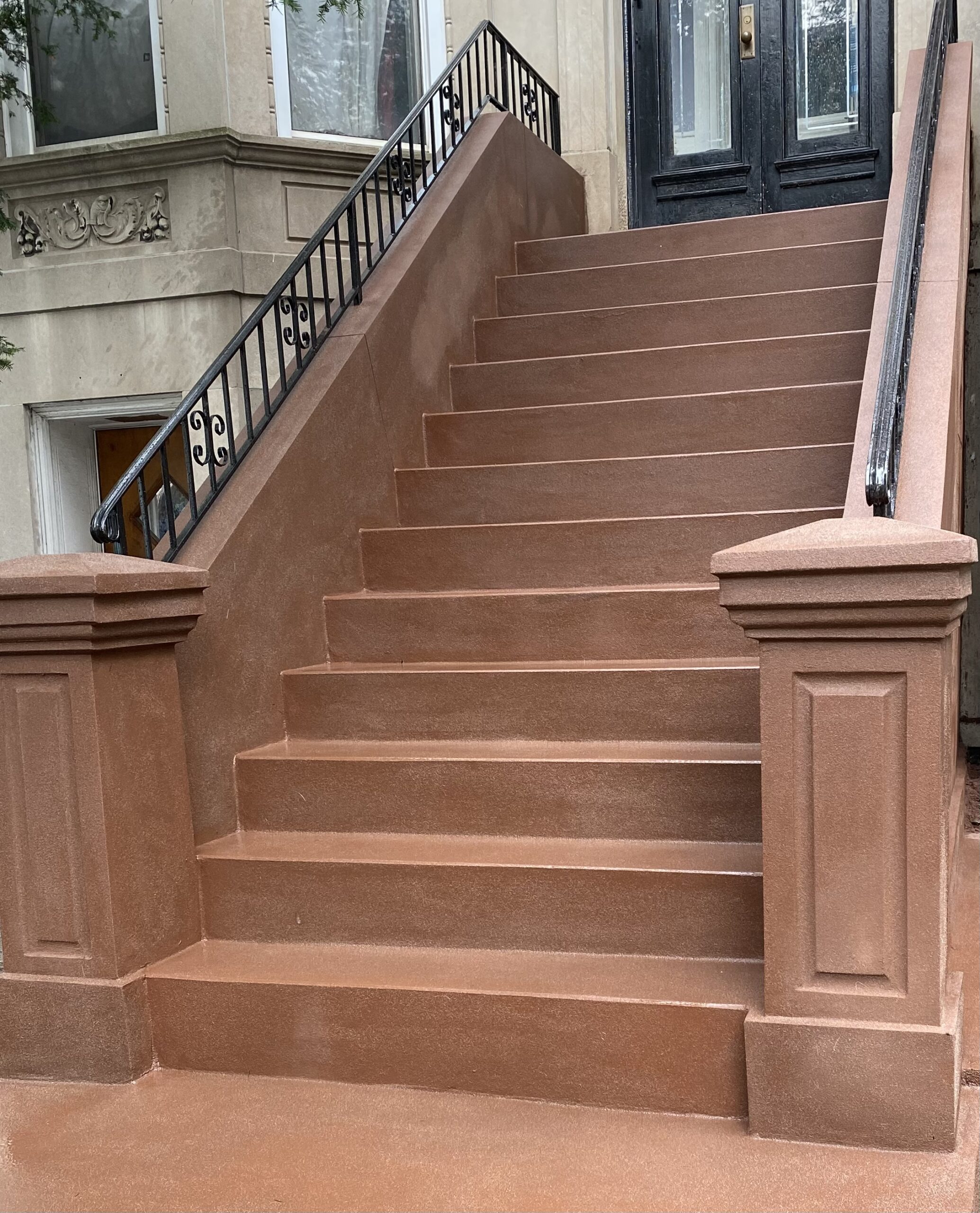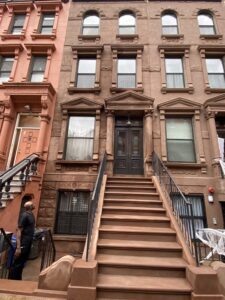Art of Brownstone Restoration, From Progressive Contracting NY Corp
Photo via Progressive Contracting NY Corp
Jun 9, 2020 • 11:30am
Sponsored By Progressive Contracting NY Corp
Progressive Contracting specializes in brownstone facade renovation and repair, stoop renovation, pointing, waterproofing, stucco, exterior painting, waterproofing, and roofing.

Progressive Contracting has been restoring brownstones for more than 10 years. We asked owner Mohammed Hossain to walk us through the restoration process.
Progressive starts its projects right away. After each and every step is done, they make sure the customer is aware of the progress, he said.
The first step is a walkthrough of the entire plan with clients. If repairs are being done within historic districts, they’ll help file applications for restoration permits with the LPC.
As masonry specialists, they can change the color, texture, or finish of masonry to fit the owner’s style — whether it’s brick, gravel, limestone, cast stone, or concrete block.
For brownstone facade restoration, stoop repair, and remodeling, the first step is to remove the damaged top layer. After documenting the building’s original details, the surface of the brownstone is chipped off, revealing the undamaged base.
The next step is to build the facade back up with layers of cement. A thin slurry coat is mixed so it can infiltrate the pores of the rock. Next, the scratch coat is grooved to provide a bond with the top layer. After a multi-week curing process, one coat of brownstone color cement is applied.
The scratch layer is where the historic details are re-created. This stucco-concrete mix is formed into the brownstone’s original shape and then left to cure for about six weeks to ensure the strength of the base.
Progressive also specializes in masonry decorative details, stucco, waterproofing, and roofing.
For more information, reach out to Progressive here. or call us at Brooklyn # (347) 341-3808 Manhattan # (718) 350-7388
[Photos via Progressive Contracting]

In the first half of the 19th century, a growing urban middle class was looking for something more distinguished than the usual brick facades. Marble, granite, and limestone were too expensive to ship to Brooklyn. Brownstone, a type of sandstone found in nearby New Jersey, was easy to transport and more affordable an reliable.

